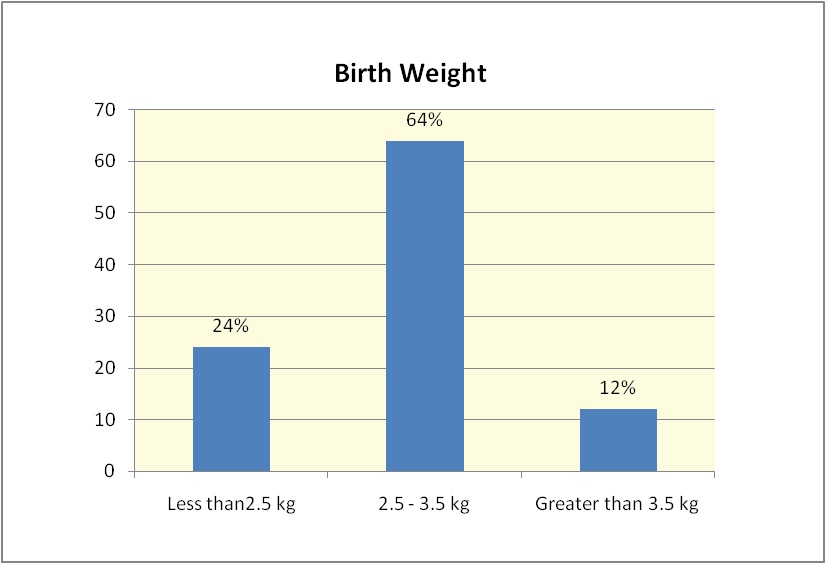Nutritional status and immunization coverage of the Anganwadi children in the Urban Training Health Centre of Travancore Medical College, Kollam
Abstract
Introduction: Adequate nutrition is an indispensable component of healthy life and access to healthy diet and optimum nutrition are key components of physical, mental and social development for a child.
Objective: To assess the Nutritional status among the anganwadi children in the Urban Training Health Centre and to observe the details of the immunization coverage among the same population.
Materials and Methods: The present cross sectional study was conducted in seven anganwadi centers, which are selected by convenient sampling. Nutritional status and immunization status was assessed among all the children by a pretested structured questionnaire and analyzed by applying SPSS.
Results: Undernourished children in the Anganwadis under study were 15%. DPT booster (16-24months) and DT Booster (5-6 years) were 75% and 3% respectively.
Conclusion: We recommend that the low coverage of DPT booster must be immediately corrected in a situation where diphtheria outbreaks are reported from different parts of Kerala.
Downloads
References
2. WHO (World Health Organization). Immunization Surveillance, assessment and monitoring. Available from www.who.int /entity/immunization monitoring/data/indicator.xls (last accessed on 2010 Oct 07)
3. Health Ministry releases results from 1st phase of NFHS-4 survey (2016) Press information bureau, Government of India, Ministry of Health and Family Welfare. Available at http://pib.nic.in/newsite/PrintRelease.aspx?relid=134608. Accessed on 20th Jan 2016 at 5:00pm.
4. Gupta GR. Tackling pneumonia and diarrhoea: the deadliest diseases for the world's poorest children. Lancet. 2012 Jun 9;379(9832):2123-4. doi: 10.1016/S0140-6736(12)60907-6.
5. International Institute of Population Sciences (IIPS) and Macrointernational. National Family Health Survey [NFHS-3], 2005-2006: India. Mumbai: IIPS; 2007.
6. Bitragunta S, Murhekar MV, Hutin YJ, Penumur PP, Gupte MD. Persistence of diphtheria, Hyderabad, India, 2003-2006. Emerg Infect Dis. 2008 Jul;14(7):1144-6. doi: 10.3201/eid1407.071167.
7. World Health Organization. The immunological basis for immunization series. Module 2: diphtheria. Geneva: The Organization; 1993.
8. Chen RT, Broome CV, Weinstein RA, Weaver R, Tsai TF. Diphtheria in the United States, 1971-81. Am J Public Health. 1985 Dec;75(12):1393-7.
9. Government of India (2011) National Health Profile2011,DGHS,Ministry of Healthand Family Welfare, New Delhi.
10. Gopalan C and Kamala Jaya Rao(1980) Prevention in childhood of health Problems in adult life, F. Falkner(ed), Geneva, WHO.

Copyright (c) 2016 Author (s). Published by Siddharth Health Research and Social Welfare Society

This work is licensed under a Creative Commons Attribution 4.0 International License.


 OAI - Open Archives Initiative
OAI - Open Archives Initiative


